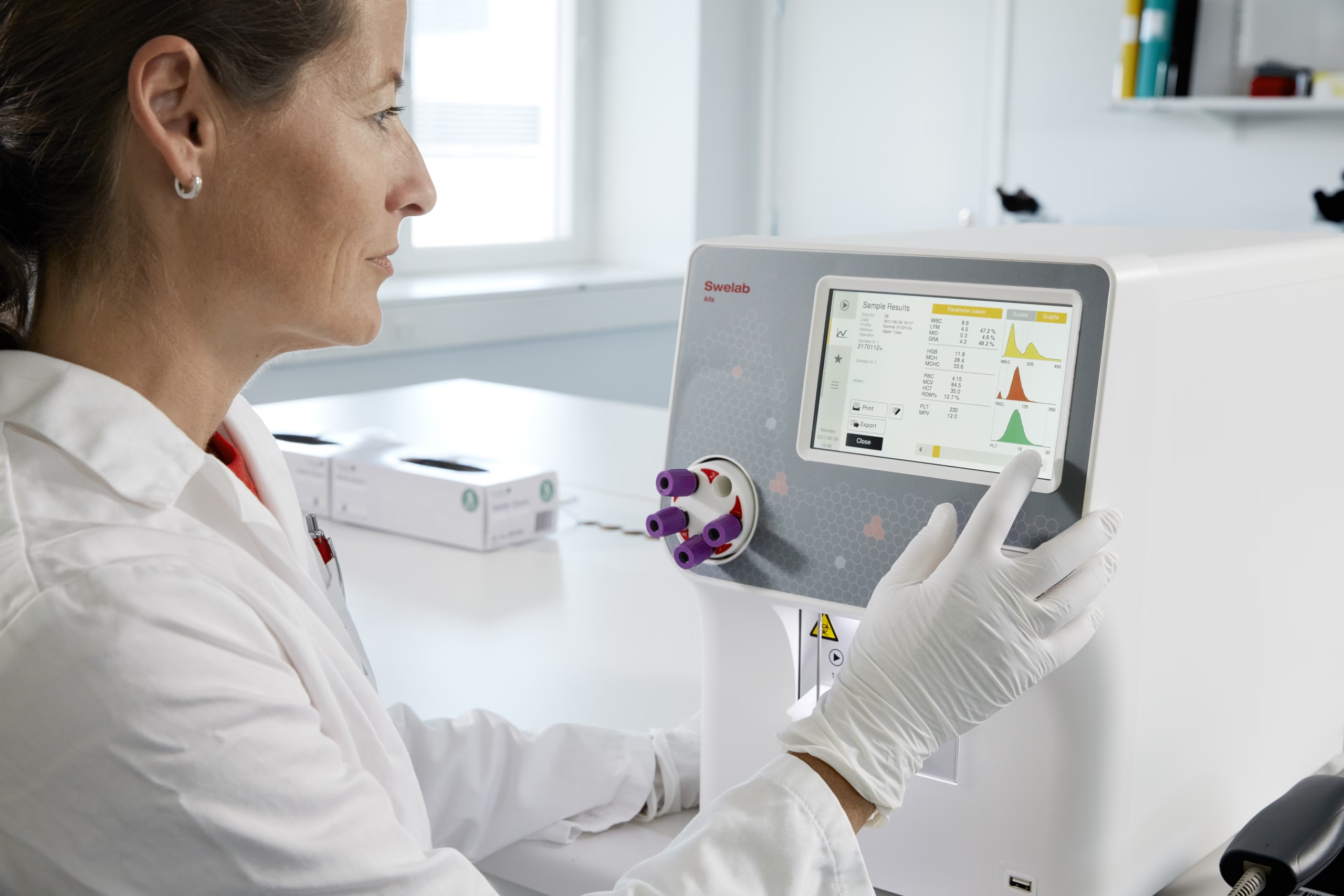Fever is the manifestation of many infectious diseases. However, infections can be trivial or be life threatening, although clinical findings may be similar. Fever can also have other underlying causes, not treatable with anti-infective agents such as antibacterial, antiviral, antifungal, or antiparasitic medications.
Laboratory diagnostics is one of the cornerstones of healthcare, and test results form the basis for patient diagnosis. Hematology analysis constitutes a cost-efficient tool that provides useful information to clinical assessments. As different infections can have diverse effects on the blood cells and as other causes of febrile illness may have insignificant or no effects on the blood cells, a complete blood count (CBC) is often included, together with other general infection biomarkers such as C-reactive protein (CRP), in early fever investigations. This paper describes the clinical utility of CBC testing in fever investigations and how results, in combination with other elements of initial patient assessment, can provide early indications for possible diagnosis and support decision-making for further testing and treatment plan.
Introduction to fever infection investigations
Severe infections constitute one of the most common causes of intensive care unit admissions in tropical countries (1). Of travelers returning from such regions, as many as 2%–3% are present with fever, with malaria being the most common overall cause (2). Dengue and typhoid fever are also important causes of febrile illness in returning travelers (3). Even though fever can be caused by a trivial infection, it could also be a manifestation of a rapidly progressive and lethal infection. Short time to diagnosis for early initiation of treatment can therefore be necessary to save a patient’s life (2).
Although patient examination, together with routine laboratory diagnostics, may provide clues to diagnosis in initial medical evaluation, there can be a considerable overlap in clinical manifestation and laboratory findings for many infections (4). On the other hand, while fever is typical in most malaria patients, as many as 40% will not report fever in early disease investigation (2), and although an elevated leukocyte count would suggest a bacterial infection, uncomplicated typhoid fever, brucellosis, and rickettsia infections are associated with a normal or low WBC count (3). The combination of a detailed review of the clinical course, physical examination, and laboratory data is therefore crucial in determining the likely cause. Travel history, review of pretravel vaccines, incubation period, and mode of exposure can also provide useful information for diagnosis (Table 1).
Together with CRP, a CBC with a leukocyte differential count is typically included in early patient assessment. For example, CRP level and platelet count can be useful in discriminating between dengue and malaria, with a low PLT being indicative of dengue, whereas a low platelet count, together with an elevated CRP level, is more indicative of malaria (4). While neutropenia is a common feature in many tropical infections, leptospirosis is typically associated with leukocytosis (1). Many parasite infections are associated with eosinophilia, however, protozoan infections such as malaria are typically not (2). Before initiating an extensive investigation of a parasite infection though, a careful review of medical history can be in place, as eosinophilia can also be associated with drug intake, including over-the-counter drugs (2).
